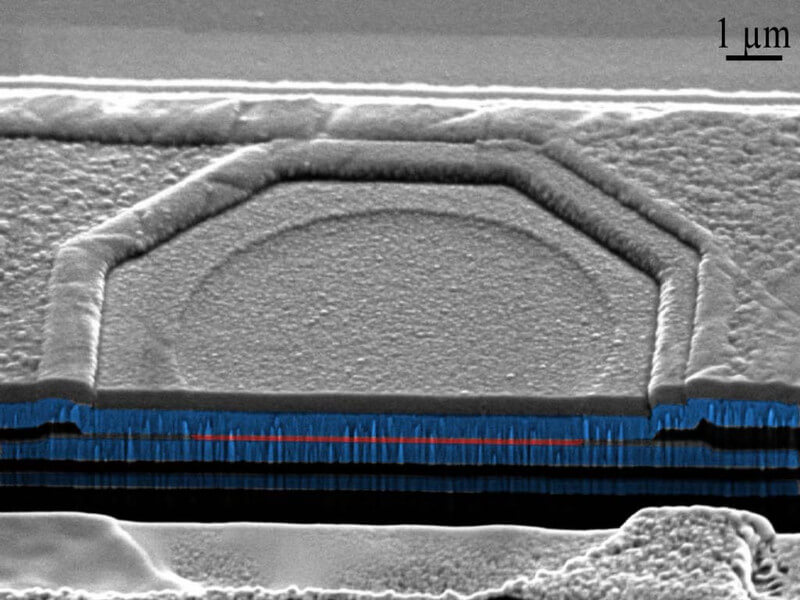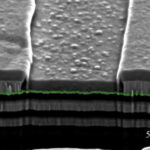- Home
- Technology Groups
- Competence Center for Micro- and Nanotechnologies
- Research results
- Development of Superconducting Digital Circuits for New Quantum Technologies
Development of Superconducting Digital Circuits for New Quantum Technologies

23.04.2018
Together with partners from the European network “FLUXONICS,” a foundry was established for rapid single flux quantum (RSFQ) circuits. An important advantage of this digital quantum technology is its low power loss, even at frequencies above 100 GHz. For existing application fields in supercomputing, these circuits were optimized for cooling with liquid helium (i.e., 4.2 Kelvin). Due to the extremely low power loss, this technology is also predestined as an interface circuit for qubits and other photonic detectors in the milli-Kelvin range. The development of suitable technologies for the production of these circuits in the sub-Kelvin range is currently being promoted at IPHT. The initial results on the function of the basic elements at 300 milli-Kelvin are being discussed. These results will serve as the basis for the further development of components and circuits for this temperature range.
By: Jürgen Kuhnert // Evgeni Il’ichev // Oliver Brandel // Gregor Oelsner // Ronny Stolz // Hans-Georg Meyer
Quantum technologies will be the focus of the technical implementation of new ideas from theoretical quantum science in the coming years. Novel applications in the areas of secure quantum communication, superfast quantum computers, ultrasensitive sensors, and ultraprecise signal sources can be expected. Solid state-based superconducting systems and circuits offer a number of advantages. For example, phenomena that are connected to the macroscopic quantum state of superconductors, such as the quantization of the magnetic flux and Josephson effects can be implemented in scalable integrated VLSI circuits for the aforementioned applications. Depending on the application and material, superconducting quantum circuits are cooled to a few milli-Kelvin. In large circuits, in particular, the extremely low power loss at simultaneously very high frequency is advantageous.
Leibniz IPHT established a foundry for rapid single flux quantum (RSFQ) circuits together with partners from the European network “FLUXONICS.” This quantum technology is based on superconducting digital circuits that use the magnetic flux quantum as a logical bit. For existing applications in supercomputing, these RSFQ circuits were optimized for an operating temperature of 4.2 Kelvin. Due to the extremely low power loss and thus low disturbance in the quantum states, this technology is a promising candidate for the assembly of interface circuits of qubits and other photonic detectors such as SNSPDs. For this purpose, this technology must be able to access the temperature range below 1 Kelvin.
The first step in this technological development is the design and production of a test circuit that contains the basic elements at different sizes, making parameter extraction possible at different temperatures. The Josephson junction and shunt resistance are the basic elements for RSFQ technology. Figure 1 shows the cross section of a Josephson junction. The preparation of the cross section was carried out via FIB. The trilayer (niobium-Al/Al2O3-niobium) determines the physical properties; the thickness of the Al2O3 insulating layer, which is only a few nanometers thick, must be adjusted very precisely. Figure 2 also shows a cross section of the very thin resistor layer, the thickness of which must also be adjusted very precisely.
These basic elements were characterized using an He3 dilution refrigerator at 4.2 Kelvin, 1 Kelvin, and 0.3 Kelvin and then parameter extraction carried out. These results make it possible to design and produce simple circuits, the characterization of which allows the development of more highly complex circuits. In several integration steps, the assembly of interface circuits of qubits and other photonic detectors can be advanced.
Funded by: EU, FLUXONICS e.V.


